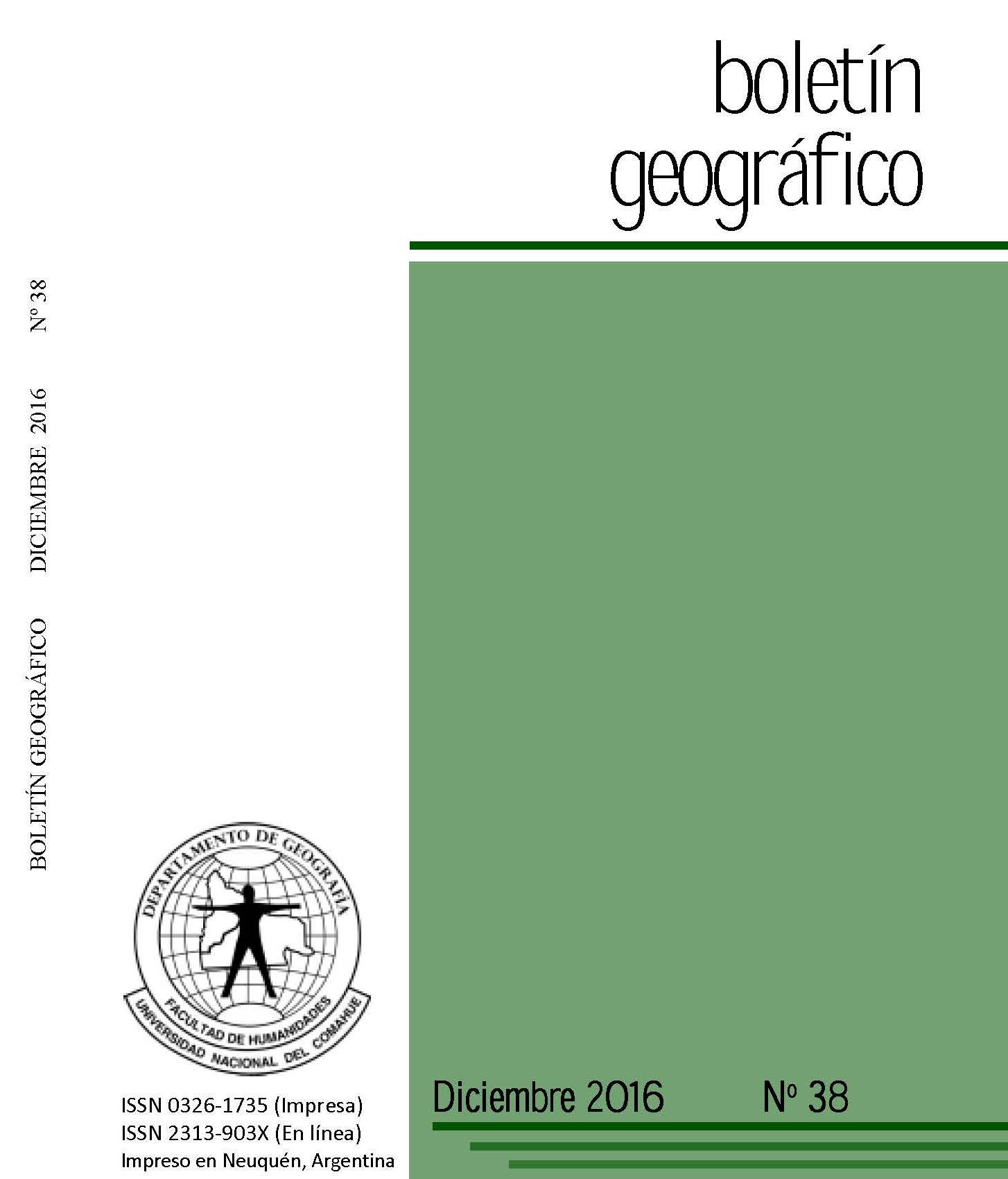The role of the pacific anticiclon in snow fall in the Arid andes
Keywords:
Snowfall, Arid Andes, South Pacific AnticycloneAbstract
This article aims to study in depth the role the anticyclone subtropical eastern South Pacific (ASPSO) on the nival precipitation in the arid Andes, its seasonal variability, fluctuations in the long and medium scale and associations with snowfall. For this reason, the incidence on the ratio of precipitation, the SST in the South Pacific Ocean, precipitable water, wind zonal, Radiation in Outgoing Long
Wave and Omega were analyzed.
The methodology consisted in the evaluation of the ASPSO through the definition of an index, based on Santiago de Chile (PSGO) measured surface atmospheric pressure. This would allow its surveillance and the processing of its temporal behavior in the statistical analysis.
The results showed significant time - space associations within the involved variables, which confirmed in all cases the negative impact of ASPSO related to snowfall in the Andes mountains. period 1909-2015.
Downloads
References
DALLAL, G.E. (1986). An analytic approximation to the distribution of Lilliefors's test statistic for normality. The American Statistician, 40:294-296.
DRAPER, N. R. y SMITH, H. (1998). Applied Regression Analysis, 3rd Edition. Ed. Wiley. New York. 736 pp.
LONGLEY, R. W. (1973). Tratado Ilustrado de Meteorología. Editorial Bell. Buenos Aires. 345 pp.
MINETTI, J. L. y VARGAS W. M. (1990). Comportamiento del borde anticiclónico subtropical en Sudamérica-II Parte. Rev. Geofísica Nº 33, 179-190.
MONTGOMERY, D.;JENNINGS, L., KULAHCI, M. (2008). Introduction to Time Series Analysis and Forecasting. Ed. Wiley. New York. 472 pp.
POBLETE, A. G. y IRANZO, D. A. (2012). Análisis de los factores de circulación atmosférica regional y cupla océano-atmósfera que generaron el período nival mas seco el siglo XX en los andes centrales de Argentina y Chile. IX Jornadas Nacionales de Geografía Física. Bahía Blanca, 19 al 21 de abril de 2012.
POBLETE, A. G. y ESCUDERO, S. (2013). La sequía en los Andes Centrales y su repercusión en los ríos San Juan y Mendoza. IV Congreso Nacional de Geografía de Universidades Públicas y XI Jornadas Cuyanas de Geografía. Mendoza. 23, 24 y 25 de Octubre de 2013.
POBLETE, A. G. y HRYCIW, M. C. (2015). Validación Índice PSGO. Revista Cuadernos de Geografía. Colombia. En prensa.
QUINTANA, J. M. y ACEITUNO, P. (2012). Changes in the rainfall regime along the extratropical west coast of South América (Chile): 30-43º S. Atmósfera 25(1), 1-22.
VIALE, M. (2010). Características de las Precipitaciones Orográficas de invierno sobre los Andes Subtropicales Centrales. UBA. FCEyN. Tesis Doctoral. http://digital.bl.fcen.uba.ar/gsdl-282/cgi-in/library.cgi?a=d&c=tesis&d=Tesis_4707_Viale
ZWACK, P. y OKOSSI, B. (1986). A new method for solving the quasi-geostrophic omega equation by incorporating surface pressure tendency data. Monthly Weather Review 114(4), pp. 655-666.
Downloads
Published
How to Cite
Issue
Section
License
Copyright (c) 2016 Boletin GeográficoTransfer of rights and data processing
The acceptance of an article for publication in the Journal Geographic Bulletin implies the cession of the rights of printing and reproduction, by any means and means, of the author in favor of the Department of Geography of the National University of Comahue, which will not reject any request reasonable for the authors to obtain permission to reproduce their contributions. The total or partial reproduction of the works published in the Geographic Bulletin must be done citing the origin, otherwise, the copyright is violated.
Likewise, it is understood that the concepts and opinions expressed in each work are the sole responsibility of the author, without being responsible or in solidarity, necessarily, neither the editorial staff nor the editorial staff.
It is the responsibility of the authors to be able to provide interested readers with copies of the raw data, procedure manuals, scores and, in general, relevant experimental material.
Likewise, the Management of the journal guarantees the appropriate treatment of personal data
COPYRIGHT TRANSFER FORM


















 Journal of the
Journal of the 